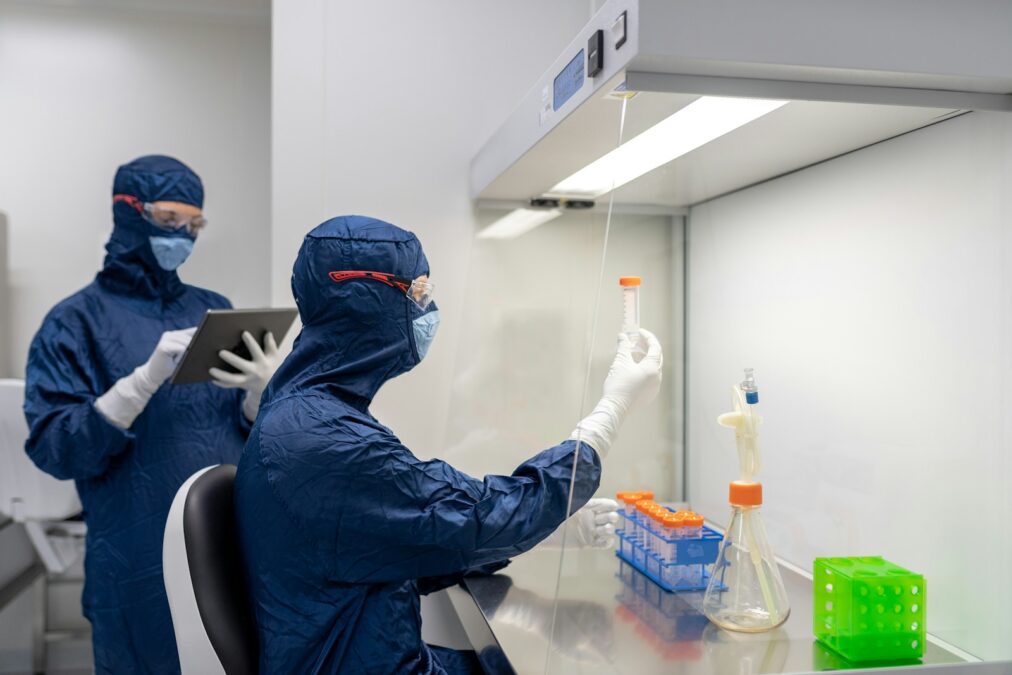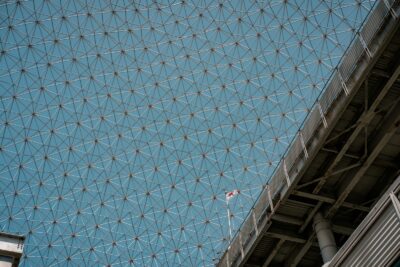Leveraging Advanced Technologies for Environmental Sustainability
The Importance of Real-Time Environmental Monitoring
Real-time environmental monitoring provides valuable information on air and water quality, soil conditions, and weather patterns, supporting informed decision-making and policy development. In the UAE and Saudi Arabia, where rapid industrialization and urbanization pose significant environmental challenges, the adoption of advanced monitoring technologies is crucial. By continuously collecting and analyzing environmental data, these nations can address pollution issues more effectively, protect natural resources, and ensure the health and well-being of their populations. Modern sensors and data analytics tools enable precise tracking of environmental parameters, offering insights that were previously unattainable. This data-driven approach not only enhances environmental management but also fosters transparency and accountability in policy implementation.
Air Quality Monitoring: Protecting Public Health
Air quality monitoring is a critical component of real-time environmental monitoring, especially in urban centers like Riyadh and Dubai, where air pollution can have significant health impacts. Advanced air quality monitoring systems use a network of sensors to measure pollutants such as particulate matter (PM2.5 and PM10), nitrogen dioxide (NO2), sulfur dioxide (SO2), and ozone (O3). The data collected is transmitted in real-time to central databases, where it is analyzed and used to inform public health advisories and regulatory actions. For instance, during periods of high pollution, authorities can issue warnings and recommend protective measures to reduce exposure. Moreover, long-term air quality data helps policymakers identify pollution sources, evaluate the effectiveness of emission control strategies, and develop more stringent air quality standards. By investing in advanced air quality monitoring systems, the UAE and Saudi Arabia can safeguard public health and improve the quality of life for their residents.
Water Quality Monitoring: Ensuring Safe and Sustainable Water Resources
Water quality monitoring is essential for managing and protecting water resources in arid regions like the UAE and Saudi Arabia. Real-time monitoring systems equipped with sensors can detect contaminants such as heavy metals, nitrates, and pathogens in water bodies and supply systems. This continuous surveillance allows for the early detection of pollution events, enabling rapid response and mitigation measures to prevent widespread contamination. In addition to safeguarding public health, real-time water quality data supports sustainable water management practices by informing decisions on water treatment, distribution, and conservation. For example, monitoring data can guide the allocation of water resources during droughts, ensuring that supply meets demand while minimizing environmental impact. By leveraging real-time water quality monitoring technologies, the UAE and Saudi Arabia can enhance their water security and resilience against environmental challenges.
Business Success and Leadership in Environmental Monitoring
Economic Benefits of Real-Time Environmental Monitoring
The implementation of real-time environmental monitoring technologies offers significant economic benefits for businesses and governments in the UAE and Saudi Arabia. By providing accurate and timely environmental data, these technologies enable more efficient resource management, reducing operational costs and enhancing productivity. For businesses, real-time monitoring can help identify inefficiencies and optimize processes, leading to cost savings and improved environmental performance. Additionally, companies that prioritize environmental monitoring can enhance their corporate social responsibility (CSR) profiles, attracting environmentally conscious investors and customers. Governments, on the other hand, can use monitoring data to design and implement effective environmental policies, avoiding the costly consequences of environmental degradation. The economic advantages of real-time environmental monitoring extend beyond immediate cost savings, contributing to long-term sustainability and resilience.
Leadership and Management in Environmental Monitoring Projects
Effective leadership and strategic project management are essential for the successful deployment of real-time environmental monitoring systems. Business executives and mid-level managers in the UAE and Saudi Arabia must possess a clear vision and commitment to sustainability to drive these initiatives forward. Leaders play a pivotal role in securing funding, fostering a culture of innovation, and ensuring alignment with organizational goals and regulatory requirements. Project managers, on the other hand, are responsible for overseeing the technical and logistical aspects of monitoring projects, from planning and procurement to installation and maintenance. They must coordinate with various stakeholders, including environmental agencies, technology providers, and local communities, to ensure timely and cost-effective project delivery. By investing in leadership and management training, organizations can build the necessary expertise to execute environmental monitoring projects successfully, maximizing their environmental and economic benefits.
The Role of Technology in Driving Environmental Success
The integration of modern technology is a key driver of success in real-time environmental monitoring. Technologies such as Artificial Intelligence (AI), Blockchain, and the Internet of Things (IoT) are transforming how environmental data is collected, analyzed, and utilized. In the UAE and Saudi Arabia, AI algorithms can analyze vast amounts of environmental data in real-time, providing predictive insights and automating response actions. Blockchain technology can ensure the transparency and security of environmental data, facilitating compliance with regulatory standards and building trust among stakeholders. IoT devices, with their ability to continuously monitor environmental parameters, offer unparalleled opportunities for comprehensive and real-time data collection. By embracing these cutting-edge technologies, the UAE and Saudi Arabia can enhance their environmental monitoring capabilities, drive innovation, and achieve their sustainability goals.
Conclusion: The Future of Real-Time Environmental Monitoring
In conclusion, real-time environmental monitoring is essential for enhancing decision-making and policy development in the UAE and Saudi Arabia. By leveraging advanced technologies to monitor air and water quality, soil conditions, and weather patterns, these nations can address environmental challenges more effectively and ensure the health and well-being of their populations. The economic benefits of real-time monitoring, coupled with the leadership and management required to deploy these systems, make it a valuable investment for businesses and governments alike. As the UAE and Saudi Arabia continue to pursue their sustainability agendas, the widespread adoption of real-time environmental monitoring technologies will play a pivotal role in shaping a greener and more sustainable future.
#RealTimeEnvironmentalMonitoring #EnvironmentalData #AirQualityMonitoring #WaterQualityMonitoring #SoilConditions #WeatherPatterns #UAE #SaudiArabia #ModernTechnology #BusinessLeadership #ProjectManagement






















